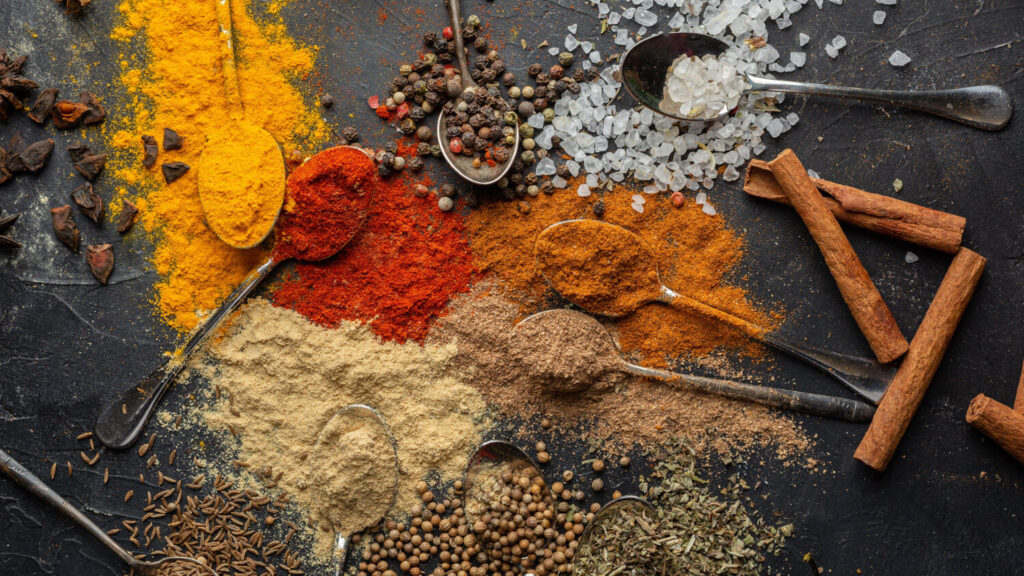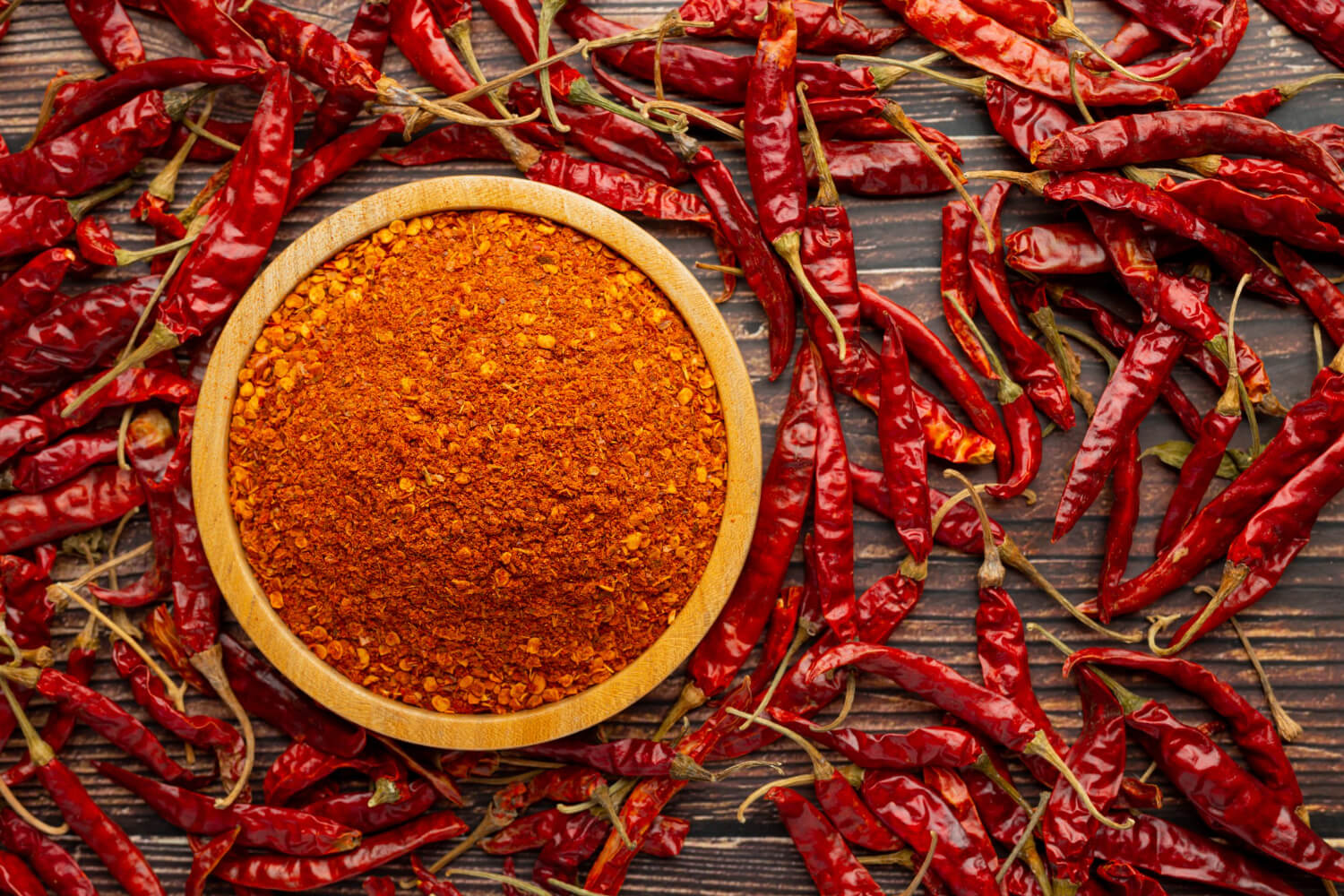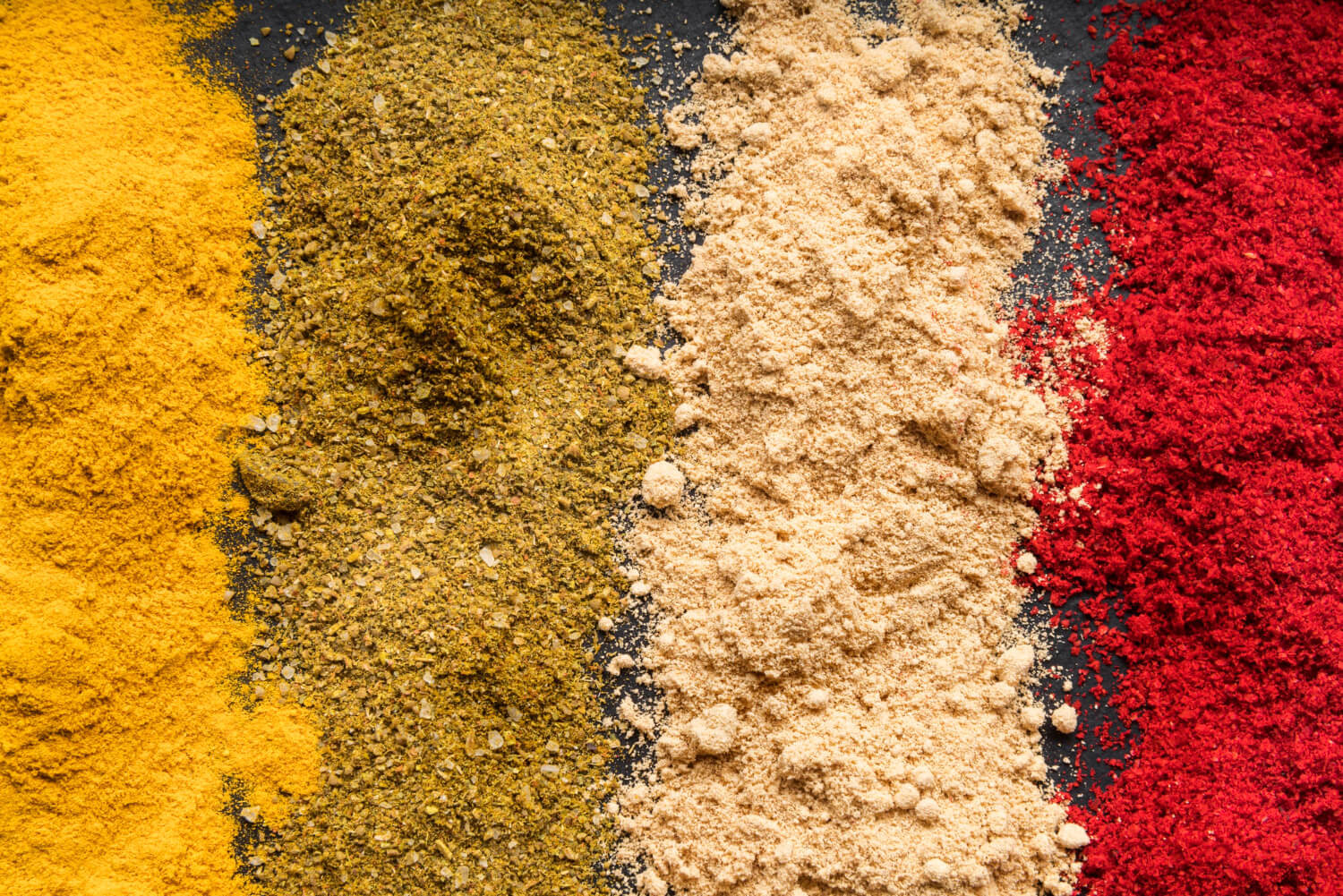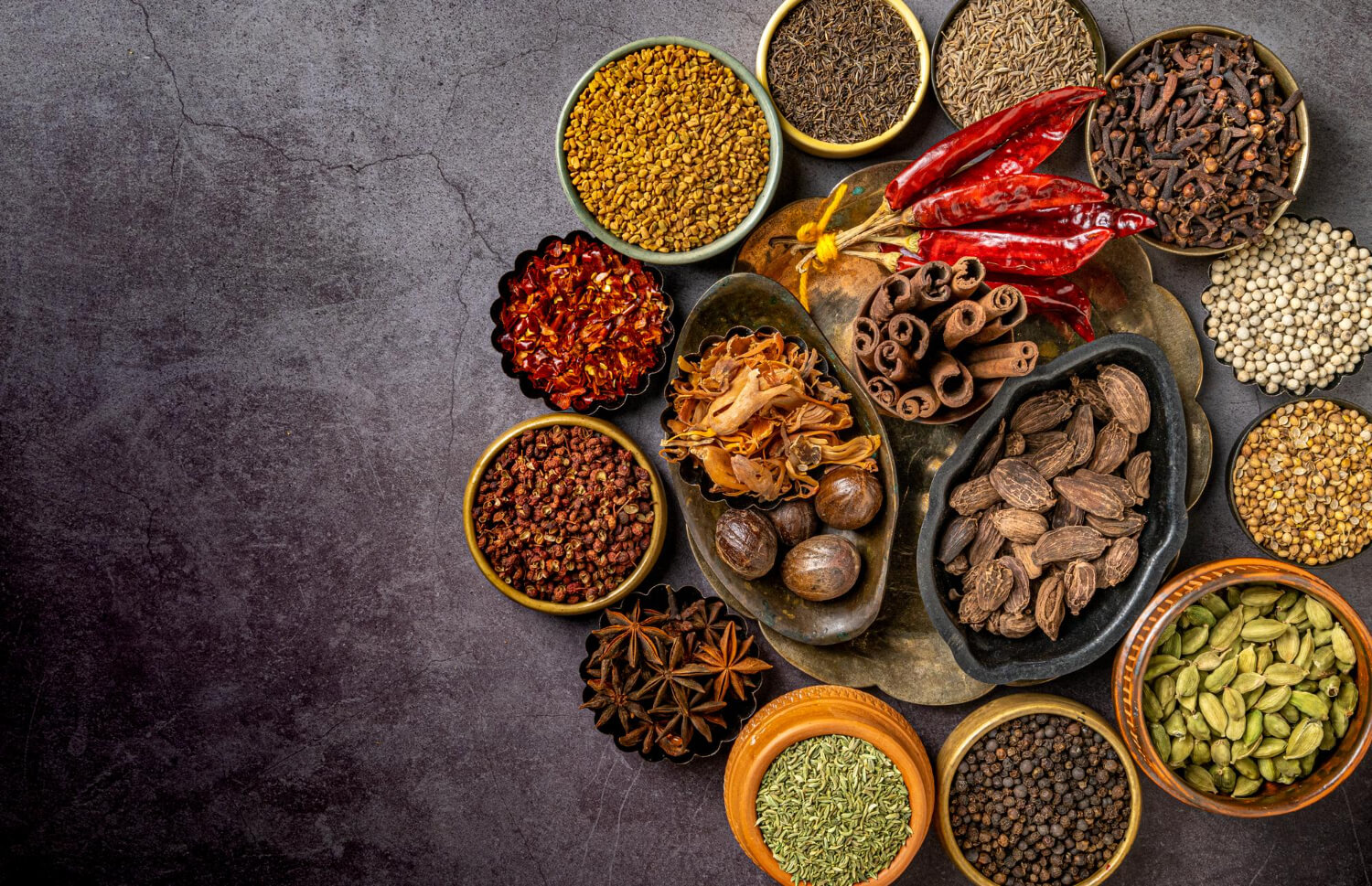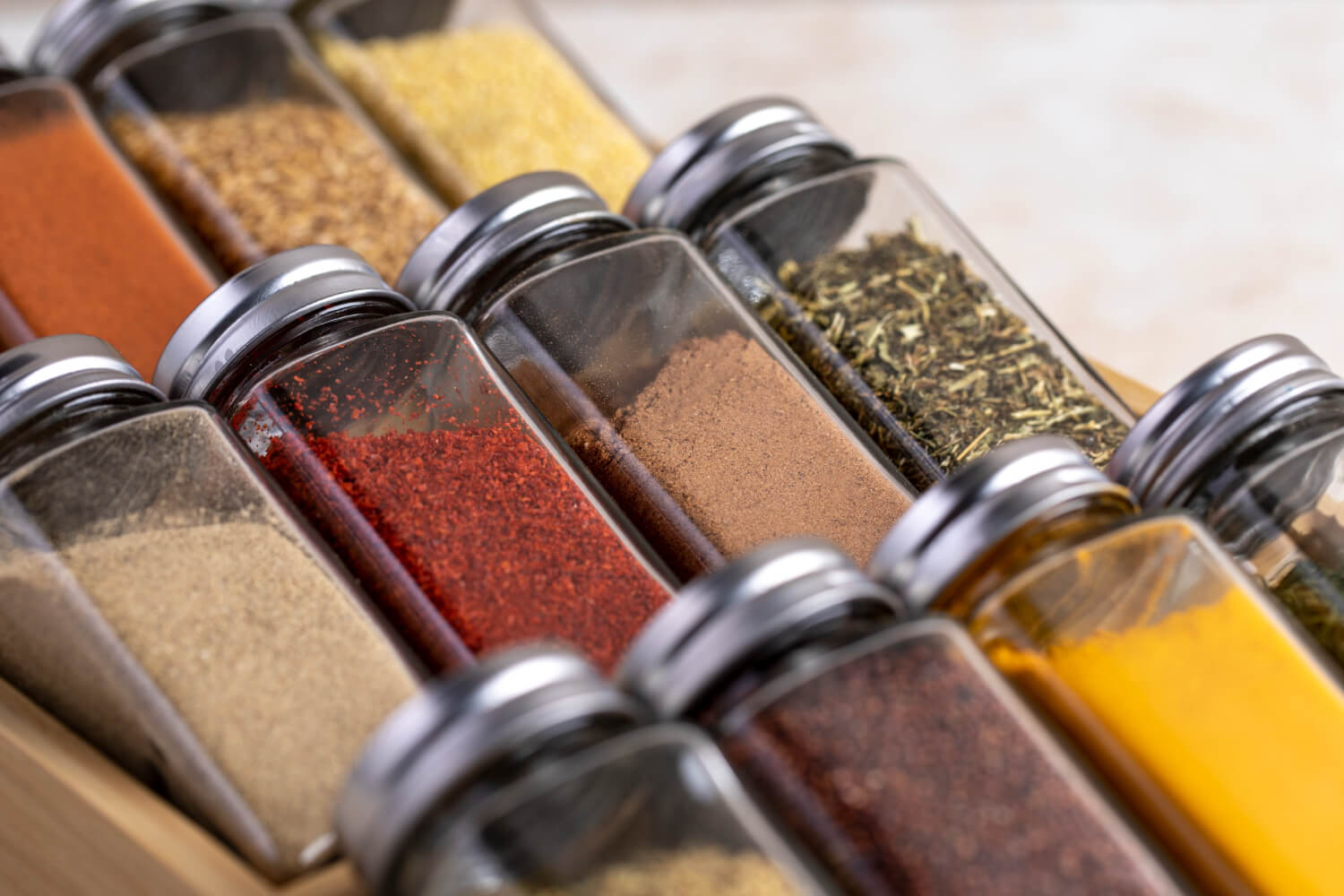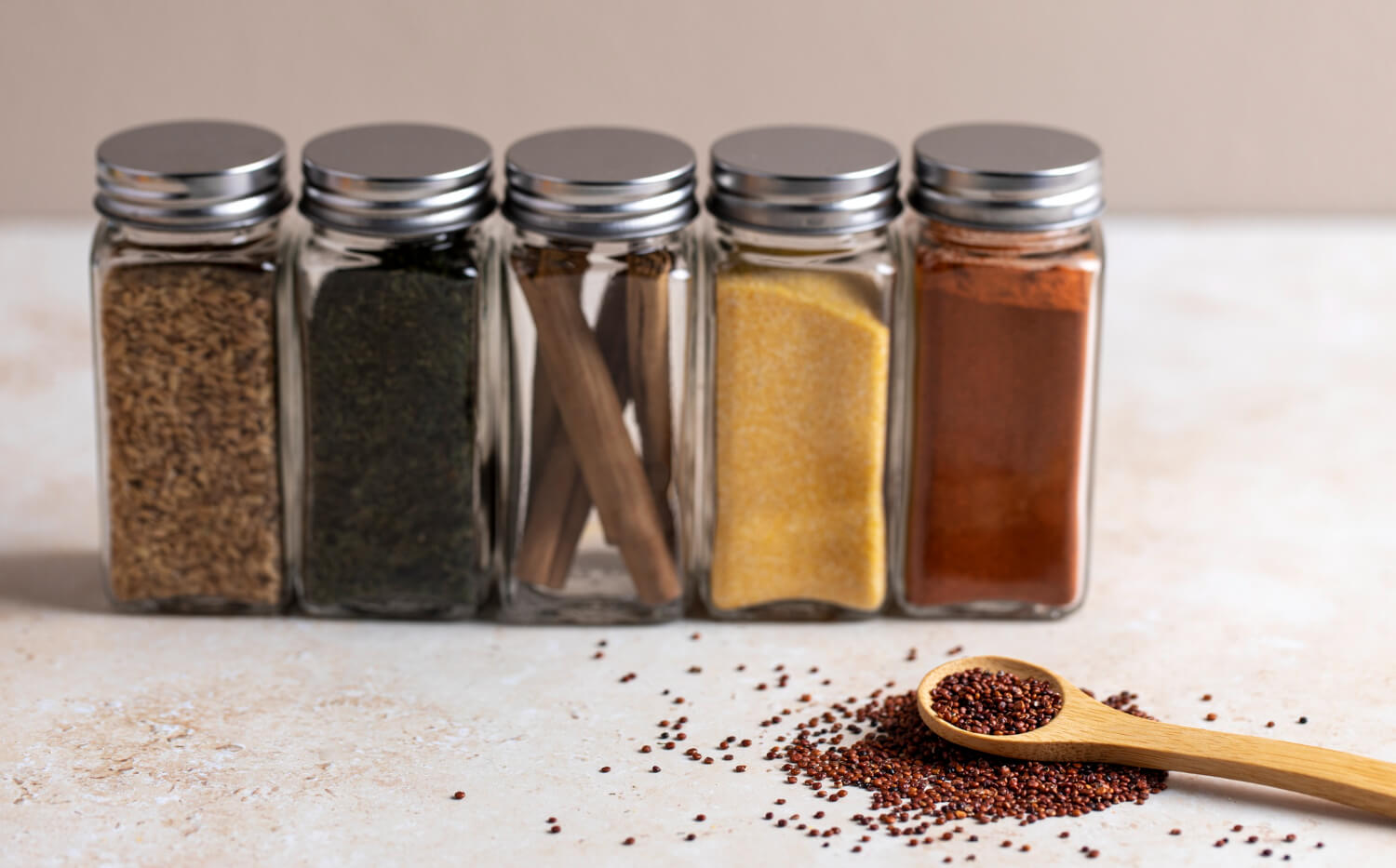Spices
Spices have played a significant role in India’s history. The country’s wide variety of spices opened its gate to the world of exports a few centuries ago. Fast forward to 2023, and India continues to be a leading producer and exporter of spices.
The country’s production and export of different spices have been growing rapidly over the last few years. India produces 75 of the 109 varieties of spices listed by the ISO (International Organization for Standardization).
Among the vast list of spices, the most exported include ginger, pepper, coriander, cardamom, fenugreek, celery, fennel, garlic, and nutmeg. Stats suggest that the country exported spices worth USD 4,102.29 million in the years 2021-22.
The last five years have significantly added to India’s export bandwidth, where the country has increased its exports by nearly 100%, indicating a strong demand for Indian spices in world trade.
Trade Value Spices Exported Between FY 2016-22
Spices have been a leading contributor to India’s export initiatives. Statistics indicate a strong export market with an average value of around USD 2.8 billion between 2016-20. Following FY 2019-20, India’s spice exports showed a strong jump between 2020-21, highlighting a strong increase in India’s YOY spice exports to USD 4.1 billion.
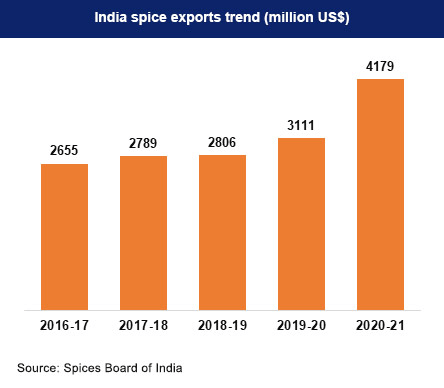
Of all the spices exported by India, chili, cumin, turmeric, spice oils, mint products, and oleoresins contribute to 76% of the total exports. Today, India stands as the world’s largest exporter of spices and spice items, worth USD 4,102.29 million in 2021-22.
Moreover, India’s export of spices faced another 6.62% surge in September 2022, booming to USD 330.46 million. India further eyes USD 5 billion in spice exports by 2025, indicating strong bullish growth in the coming years.
Trade Value Spice Imports Between FY 2016-22
Apart from being the world’s leading exporter of spices, India has also been a significant importer of spices in world trade. Most of the spices imported into the country are to meet strong domestic consumption.
The country imports spices that are not favored in its planes. Some of the most popularly imported spices in India are poppy seeds, star anise, coriander, clove, and other commodities like pepper, turmeric, and cardamom.
In terms of value, India has significantly increased its imports over the years. The country has indicated resilient growth in spice imports between 2012-21, growing at an average annual rate of 6.9% over the last decade. Imports faced a peak in 2021, rising to nearly USD 80.9 million, marking a 6% increase from 2020.
Moreover, India’s export of spices faced another 6.62% surge in September 2022, booming to USD 330.46 million. India further eyes USD 5 billion in spice exports by 2025, indicating strong bullish growth in the coming years.
Market Opportunities
The growth of authentic cuisines, the rise of innovative flavors, and ethnic tastes are predominantly fueling India’s spice market growth. Besides, the increasing eCommerce market in India is also credited with the budding growth of spice markets, attracting investment opportunities on a global scale.
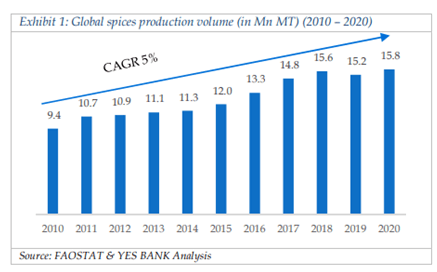
India constantly produced 10.13 million metric tons in 2020 and 10.7 million metric tons in 2021. This further fueled the total exported quantity of spice at a CAGR of 10.47% between 2017-22.
For FY22, India exported a total of 0.55, 0.14, 0.15, and 0.21 million metric tons of chili, ginger, turmeric, and cumin, respectively.
India’s initiative to support better growth of spices using high-tech processing technologies and better upgrades has introduced some key players to investing in the Indian market.
Future Of Spices In The Country
The projected spice production is expected to increase at a CAGR of 10.8% between 2023-28. By the end of FY 2028, India expects to increase its spice production to 18 million metric tons.
Spice exports contribute nearly 41% of the overall export earnings among all the horticulture crops in the industry. Since spices have such a major contribution to exports, the government has also pushed several schemes to introduce SMEs in the sector.
India’s rich production of spices and the surging global demand will be the key indicators to push the sector in the coming years.
